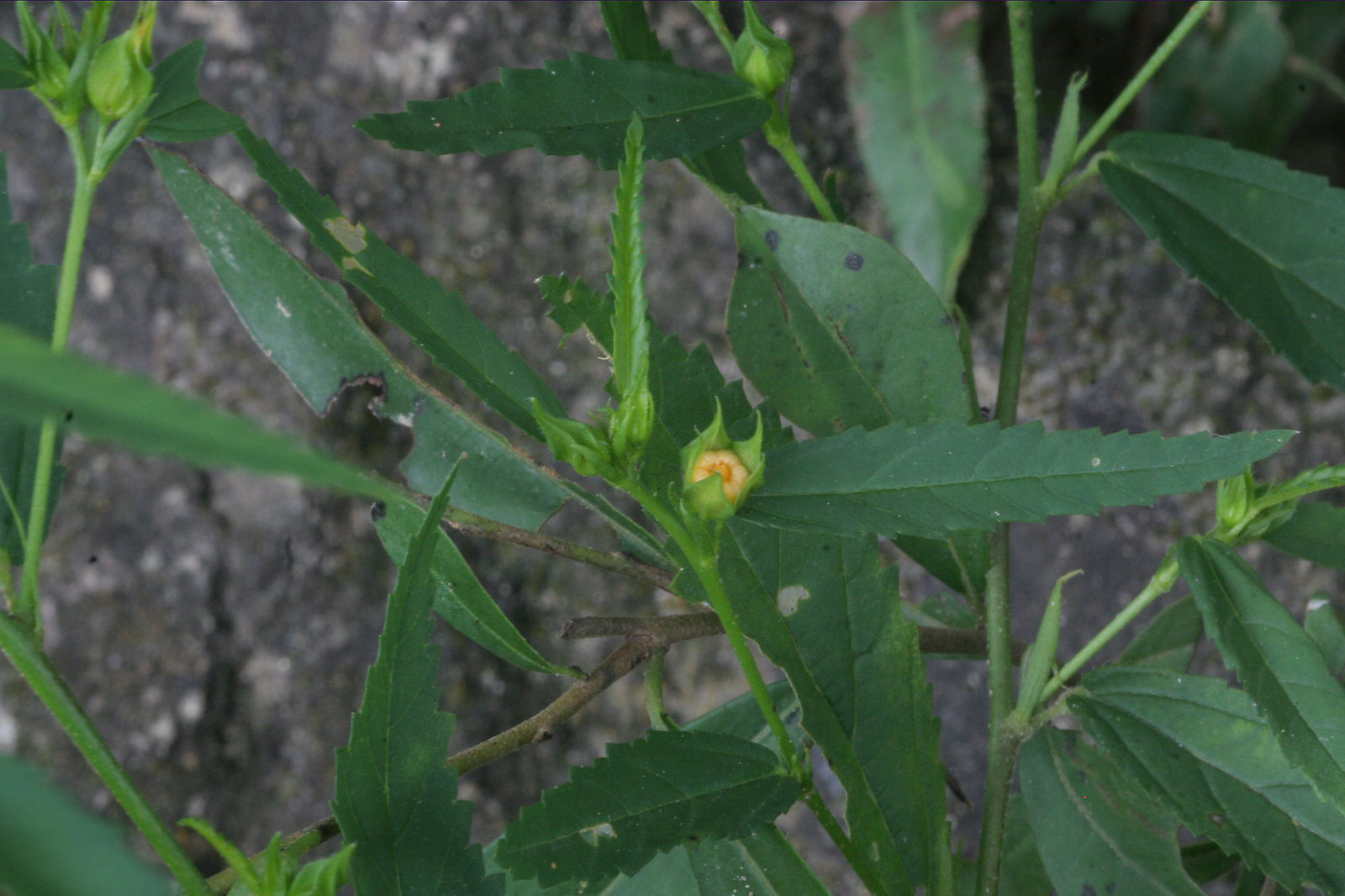- هذا الموضوع فارغ.
- الكاتبالمشاركات
- أبريل 12, 2025 الساعة 11:47 ص #626400

Sustainable agriculture continues to be a global priority, with emphasis shifting toward organic and eco-friendly farming inputs.
Among emerging solutions, plant-based soil amendments are gaining interest for their ability to enhance soil health and support crop growth. One such promising material is Sida acuta leaf meal.
The assessment of Sida acuta leaf meal as a soil amendment and nutrient source in crop production opens the door to innovative, low-cost methods for improving soil fertility, structure, and overall productivity in a natural way.
1. Composition and Nutritional Profile of Sida Acuta Leaf Meal
Sida acuta leaf meal is rich in essential nutrients and organic matter, making it a viable soil amendment. Its composition includes nitrogen, phosphorus, potassium, and micronutrients such as zinc and magnesium. Additionally, the high content of lignin, cellulose, and other organic compounds contributes to its value in improving soil texture and microbial activity.
These nutrients are released gradually into the soil, offering a slow-release mechanism that supports steady plant growth without the risks of leaching or nutrient burnout common with synthetic fertilizers.
2. Effects on Soil Structure and Fertility
When incorporated into soil, Sida acuta leaf meal enhances soil structure by increasing organic matter content. This leads to better aeration, improved water-holding capacity, and reduced soil compaction. The organic components in the leaf meal stimulate microbial activity, which is critical for nutrient cycling and root development.
Over time, the application of this organic amendment can result in increased soil fertility and healthier root zones, providing crops with a more supportive environment for optimal growth and yield.
3. Influence on Crop Growth and Yield Performance
Field and greenhouse trials have shown that Sida acuta leaf meal can positively influence crop growth. Its contribution to nitrogen availability enhances vegetative growth, while the balanced nutrient profile supports flowering and fruiting phases.
Crops treated with this amendment have demonstrated increased biomass, improved chlorophyll content, and higher yields compared to untreated controls. Furthermore, its organic nature reduces the risk of chemical buildup in crops, making the produce safer for human consumption and suitable for organic certification.
4. Role in Sustainable and Organic Farming Systems
The use of Sida acuta leaf meal aligns well with the principles of sustainable and organic agriculture. It provides a locally available, biodegradable alternative to synthetic fertilizers, reducing input costs for farmers. As a natural amendment, it supports biodiversity in the soil and promotes long-term soil health without the negative environmental impacts associated with chemical fertilizers.
Its integration into organic farming systems can help reduce dependence on imported or industrial fertilizers, encouraging self-sufficiency and ecological balance.
5. Considerations for Application and Integration into Farming Practices
For effective use in crop production, proper preparation and application of Sida acuta leaf meal are essential. Leaves should be dried, ground into a fine meal, and uniformly mixed into the soil before planting or used as a top dressing. Application rates may vary based on soil type, crop requirements, and existing nutrient levels.
Farmers should also consider the timing of application to maximize nutrient availability during key growth stages. Long-term integration into farming systems should be supported by ongoing monitoring of soil health and productivity to fine-tune usage for best results.
In conclusion, the assessment of Sida acuta leaf meal as a soil amendment and nutrient source in crop production highlights its significant potential to support sustainable agricultural practices. With its rich nutrient content, ability to improve soil health, and positive impact on crop performance, Sida acuta offers a practical and eco-friendly alternative to chemical fertilizers.
Embracing this natural resource not only enhances crop productivity but also contributes to long-term soil sustainability and environmental health, making it a valuable tool for farmers worldwide.
- الكاتبالمشاركات
- يجب تسجيل الدخول للرد على هذا الموضوع.

